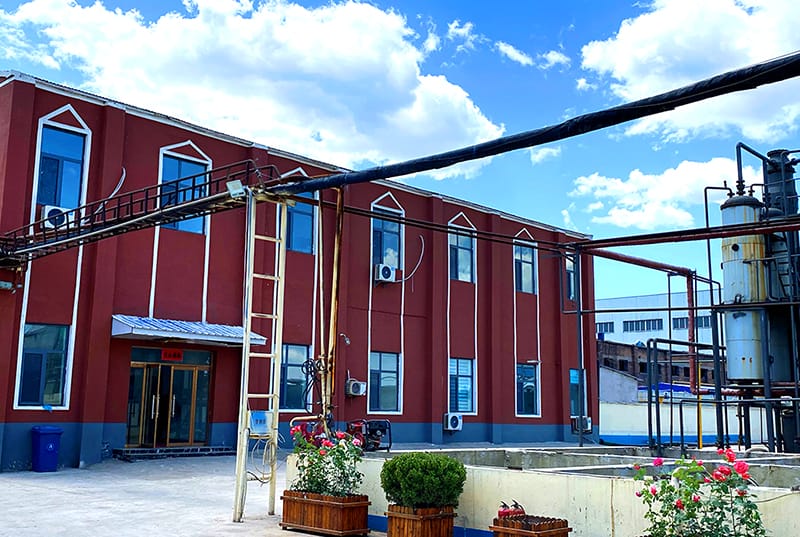Exploring the Role of Cellulose and HPMC in Paint Formulations
In the world of paint formulations, the choice of ingredients plays a crucial role in the performance, appearance, and durability of the final product. Two components that have gained considerable attention in recent years are cellulose and Hydroxypropyl Methylcellulose (HPMC). Both are derived from natural sources and offer unique properties that enhance the quality of paints.
Exploring the Role of Cellulose and HPMC in Paint Formulations
Hydroxypropyl Methylcellulose (HPMC) is a semi-synthetic derivative of cellulose. It is widely used in construction, cosmetics, and pharmaceuticals, primarily because of its excellent water retention properties and thermal stability. In paint formulations, HPMC offers several advantages. Firstly, it enhances the workability of the paint by improving its flow properties, allowing for smoother application and better leveling on surfaces. This is essential for achieving the desired aesthetic finish, as it minimizes the risk of brush marks and roller streaks.
cellulose hpmc for paint

Additionally, HPMC contributes to the overall performance of paint by supporting the adhesion properties. It allows the paint to bond effectively with various substrates, including wood, metal, and drywall. This ensures that the paint adheres well over time, reducing the likelihood of peeling or flaking, which can compromise the longevity of the coating.
Another significant aspect of using cellulose and HPMC in paint formulations is their environmental impact. As both substances are derived from renewable resources, they align with the growing consumer demand for eco-friendly products. Paints containing natural ingredients are often perceived as safer for both the environment and human health. By replacing synthetic thickeners and binders, manufacturers can produce paints that are lower in volatile organic compounds (VOCs), thereby contributing to better indoor air quality and a reduced ecological footprint.
Moreover, the use of cellulose and HPMC can enhance the performance characteristics of paints exposed to harsh conditions. They can improve the film’s resistance to water, UV light, and temperature fluctuations, making the paint suitable for both indoor and outdoor applications. For instance, exterior paints benefit from these additives, as they help ensure durability against weather elements, while interior paints leverage them to maintain a fresh and vibrant look over time.
In conclusion, the integration of cellulose and Hydroxypropyl Methylcellulose into paint formulations represents a significant advancement in the coatings industry. These natural polymers not only improve the functional properties of paints, such as viscosity, adhesion, and stability, but they also support sustainable practices by offering eco-friendly alternatives to synthetic additives. As the demand for high-performance yet environmentally responsible paints continues to grow, the role of cellulose and HPMC will undoubtedly become more prominent in the formulation of innovative, high-quality coatings. This shift not only meets the aesthetic and practical needs of consumers but also aligns with broader environmental goals, marking a step forward in creating a more sustainable future for the paint industry.
-
HEC 100000 Hydroxyethylcellulose for Paint | Superior ThickeningNewsAug.30,2025
-
Wall Putty Rdp Powder Packaging DesignNewsAug.29,2025
-
Introduction to Hpmc Hydroxypropyl Methyl CellulosNewsAug.29,2025
-
Hpmc Industri Grade IntegrationNewsAug.29,2025
-
How to Choose the Right Construction AdhesiveNewsAug.29,2025
-
Construction Adhesive StrengthNewsAug.29,2025




